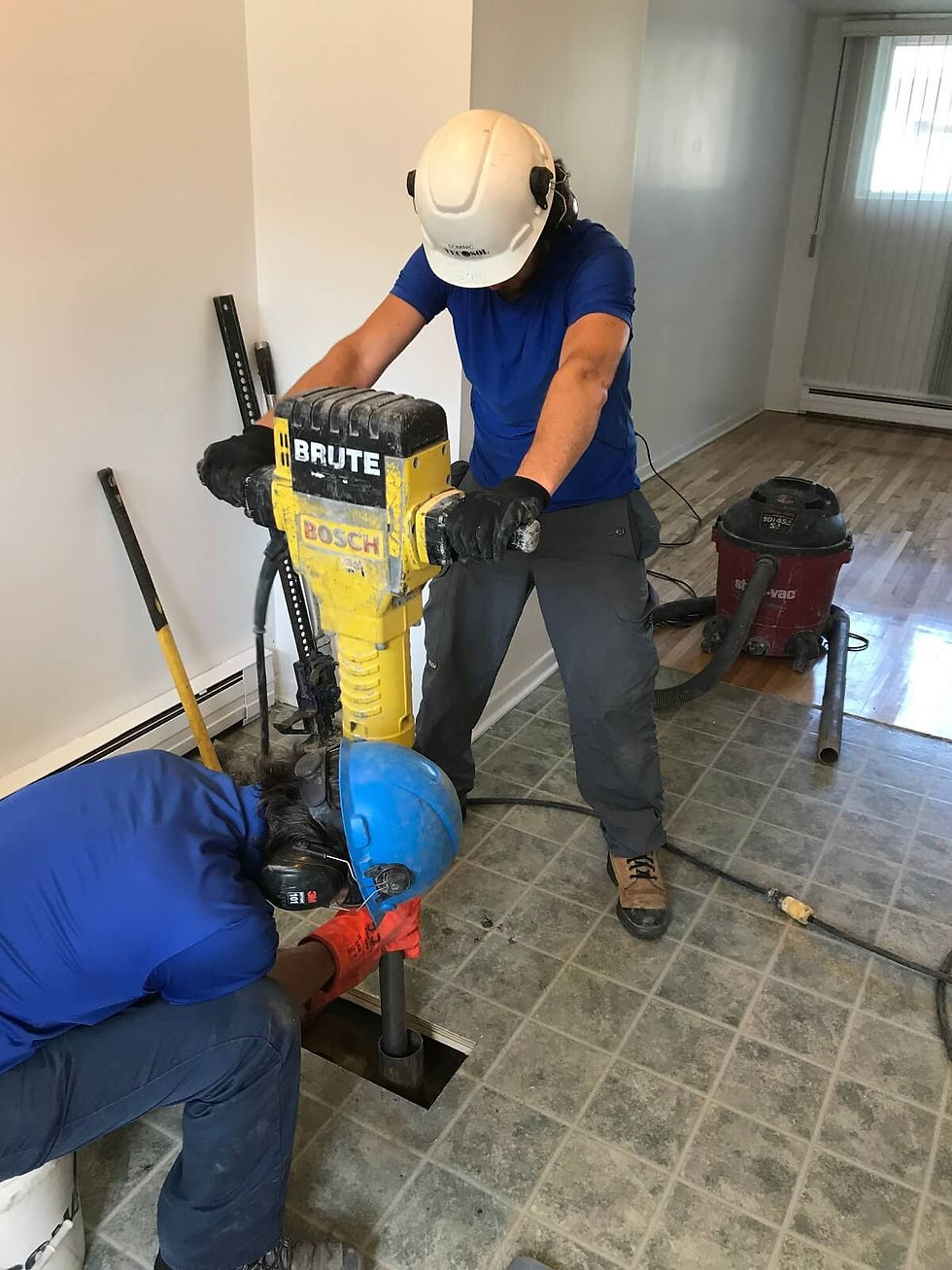
Environmental Assessments in Quebec
Environmental Site Assessment - Phase I
According to the Guide de caractérisation des terrains of the ministère de l’Environnement et de la Lutte contre les changements climatiques an environmental site assessment (ESA) - Phase I consists of:
Becoming familiar with the site
Define site-specific characteristics based on available data
Assess whether there have been activities that may have contaminated soil, groundwater and air in the past; and
Where appropriate, identify areas of potential contamination, determine the type of potential contamination and define additional information needs
What steps are taken in the Phase I ESA?
Access to Information requests
Consultation of listed documents and various organizations (municipality, ministry, Régie du bâtiment du Québec)
Site visit and interview with the owner
Observations from neighbouring properties
Final report with recommendations





Environmental Site Characterization - Phase II and Phase III
According to the Guide de caractérisation des terrains of the ministère de l’Environnement et de la Lutte contre les changements climatiques environmental site characterization (ESC) - Phase II consists of:
Confirming the presence or absence of a contaminant in the various environments (water, soil) and specifying the type of contaminant, if any, in the potential sectors identified in Phase I
Environmental Site Characterization (ESC) - Phase III consists of:
Determining the extent of contamination (area and depth) where the presence of contaminants was observed in Phase II
What steps were taken in Phases II and III?
Soil and groundwater characterization using boreholes or trenches: Tecosol has its own Geoprobe drill, as well as a manual drill for drilling in areas with restricted access.
Soil and water samples are taken from the characterization boreholes and sent to a laboratory accredited by the Ministry for chemical analysis. The parameters analyzed are determined based on environmental risks. Analytical results confirm the presence or absence of contaminants.
If the presence of contamination is observed, a phase III is recommended: phase III then involves additional drilling to clearly delineate the surface area and depth of the contaminated zone.






